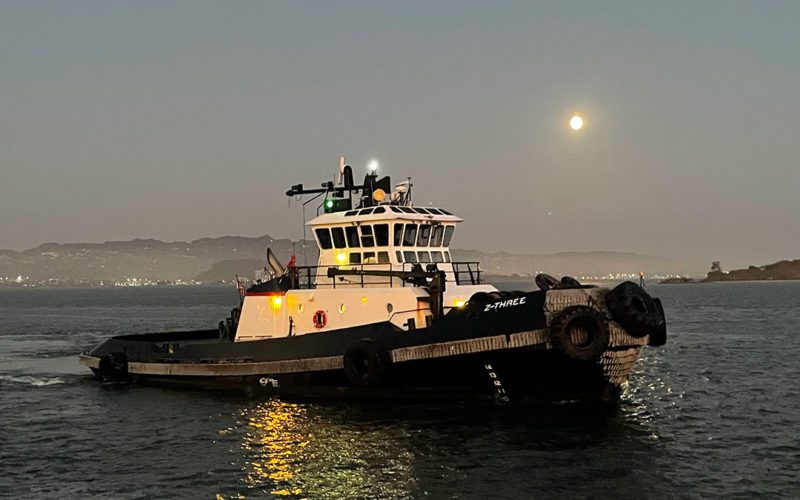
AmNav Maritime Capt. Dan Thinger arrived at the Port of Richmond in San Francisco Bay and idled the tugboat Z-Three against the starboard quarter of the tanker Trinity.
Two Crowley tugs, Valor and Apollo, were already in position off the starboard stern and starboard bow, respectively, waiting for the ship to get underway. As the two other tugs stretched their lines and began pulling the ship off the dock, Thinger got a call he’d been waiting for.
“Z-Three, all stop,” the San Francisco Bar Pilot said over the radio, “and come around to the port bow.”
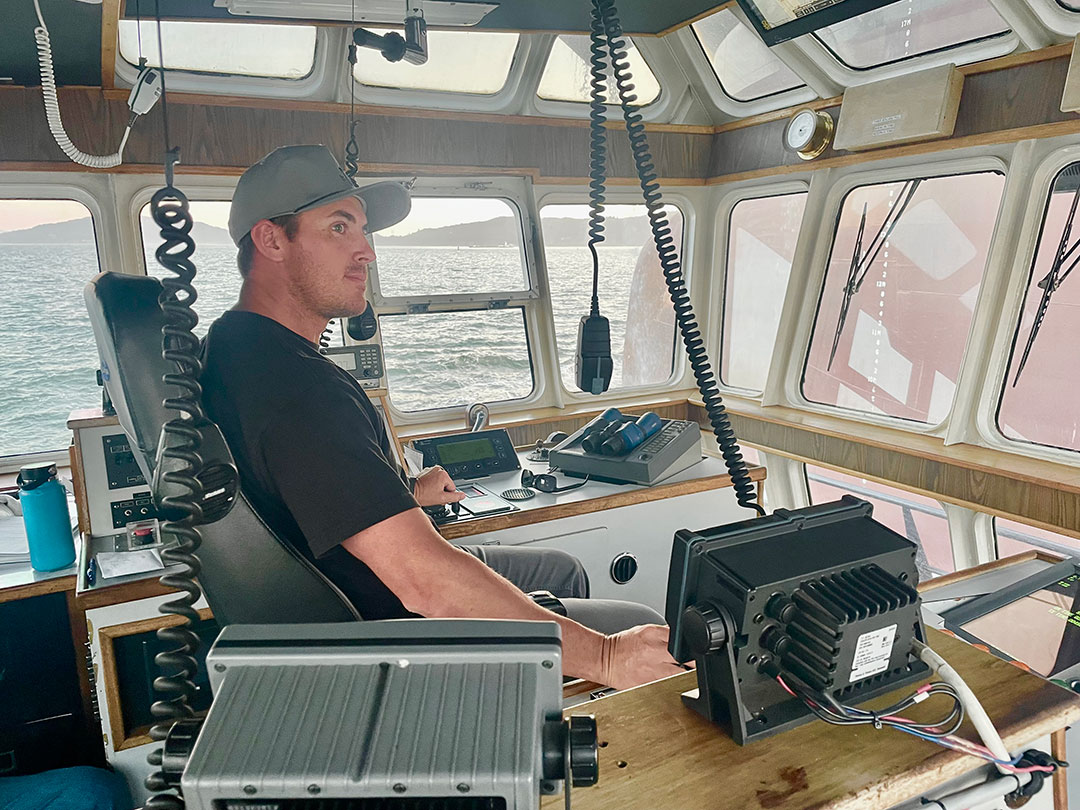
Thinger guided the 5,250-hp Z-Three around Trinity’s bow and entered the growing gap between the terminal and the 899-foot ship. The 23-year-old tugboat bucked and vibrated as its nearly new Caterpillar 3512s pushed ahead at half power.
The tanker assist job is a small piece of what AmNav crews perform regularly around San Francisco Bay. Routine work for the Oakland, Calif.-based towing company includes assisting containerships, bulk carriers, vehicle carriers and tankers calling throughout the region.
AmNav crews also lend a hand when the competition needs an extra tug for one job or another. That’s what happened on this sunny September evening: Crowley had only two tugboats available to undock Trinity, a ship that required three tugs. Z-Three provided a little extra muscle to complete the job safely.
Z-Three got underway at about 5 p.m. from the Port of Oakland after finishing a job shifting a Navy ship. The voyage to Richmond on the north end of San Francisco Bay took about an hour. Capt. Mike Clausen, who recently joined AmNav, took the controls for most of the transit. Deck hand-engineer Jackson Lytle rounded out the crew.
Thinger grew up in Colorado in an Air Force family, and his first job involved operating heavy equipment. He spent a year at a junior college and worked at AmNav to save money for college either in Colorado or perhaps at the California State University Maritime Academy.
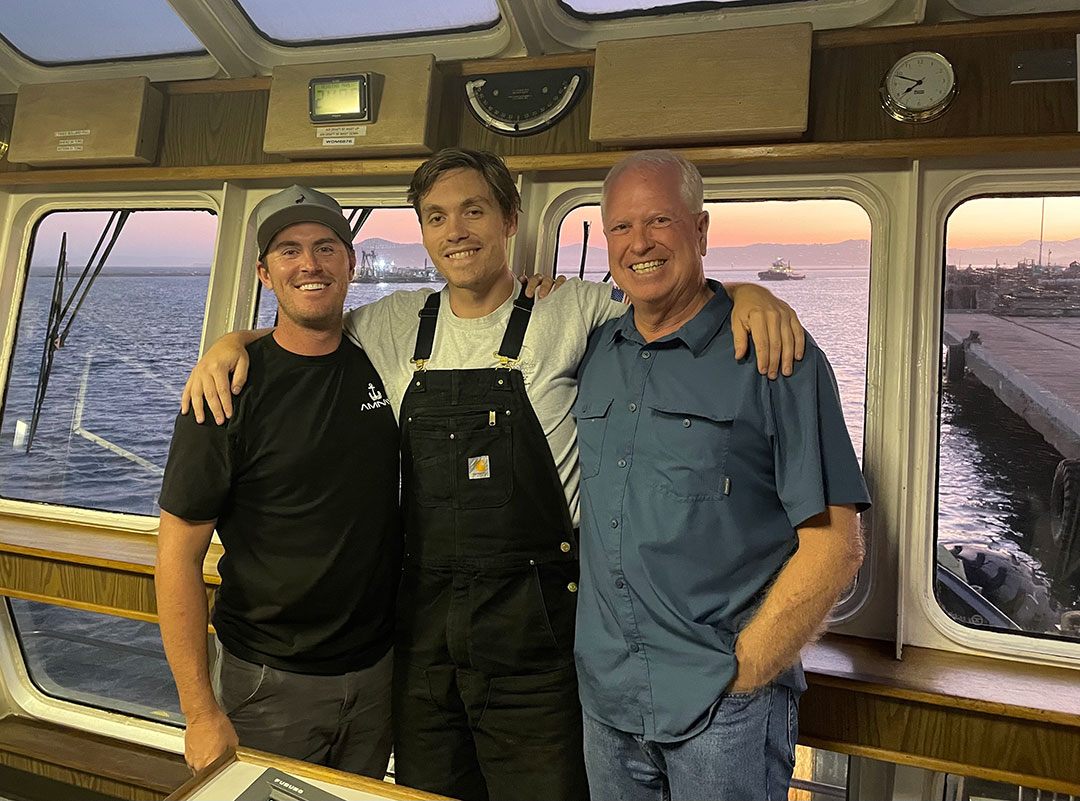
AmNav, like most towing companies, has a healthy mix of maritime academy graduates and “hawsepipers” who started at the bottom of the industry and worked their way up. One such captain convinced Thinger to forgo the maritime academy and potentially thousands of dollars in debt and instead pursue on-the-job training.
“I worked with an old salty captain who said, ‘Hey kid, you want to make $150,000 a year?’” Thinger recalled. “I thought, ‘Hell yeah, that sounds awesome.’ And he said, ‘Be a tugboat captain. In four years, you can be a tugboat captain.’
“So, I put my head down and started working. The same captain would say, ‘Build your license, build your license, that is your degree,’” he continued. “By the time I was 25, I was operating tugs and I have been doing that for the last five years now.”
He referenced the old saying, “If you love what you do, you’ll never work a day in your life.” That is how he feels about driving tugboats.
“These boats move like magic carpets,” Thinger said of AmNav’s tractor tug fleet. “They defy how a boat is supposed to move. For me personally, every time I come here, I feel like I am going on a magic carpet ride.”
The same veteran captain who suggested Thinger learn on the job and build his license urged him to consider a career beyond tugboats. “He said, hey kid, how’d you like to make as much as a brain surgeon?” Thinger recalled. “By 30, you could be a pilot.”
The advice stuck with him. He tested for the San Francisco Bar Pilots last summer. Thinger performed well on the exams and will soon transition into a pilot trainee role.
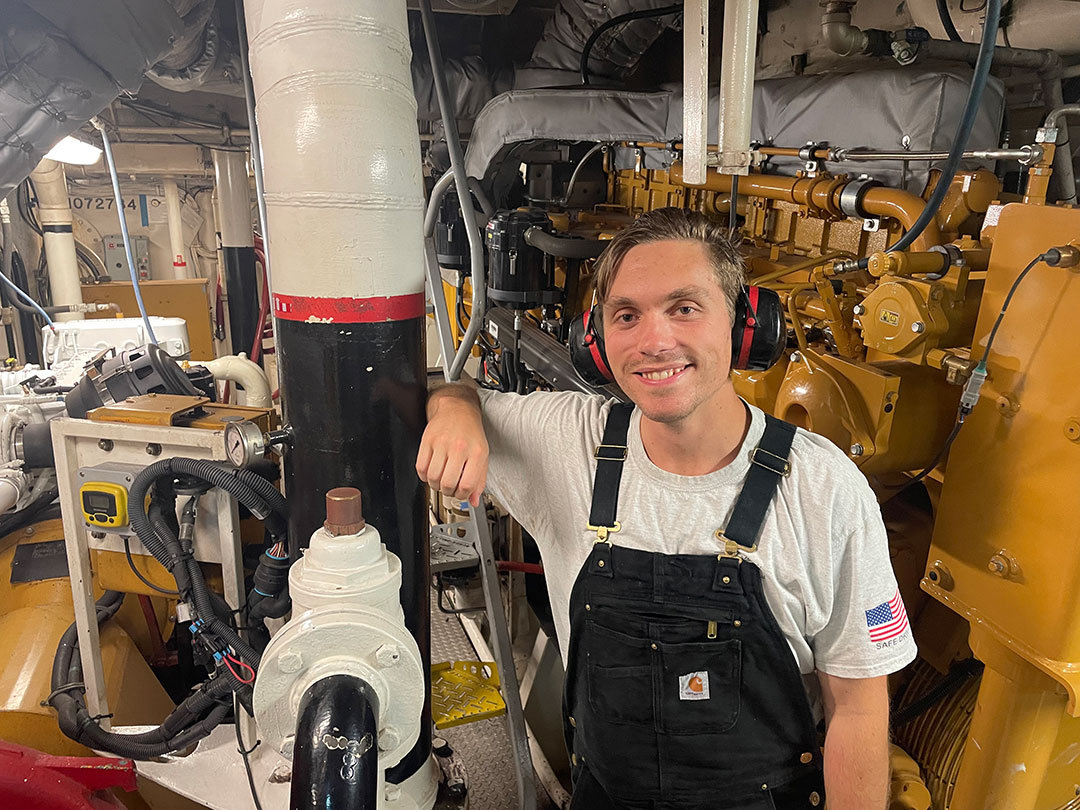
Lytle took a more roundabout path into the maritime industry. He graduated from the University of California, San Diego, in 2018 with an economics degree. He later worked for a technology company but found the work unsatisfying.
He joined AmNav on deck around three years ago. He is building his license and his knowledge and working his way up the ladder. He credited a host of patient mentors, including Thinger and other AmNav mariners, with making the transition a success.
“I ended up enjoying it so much that I wanted to keep doing it,” Lytle said.
Clausen, who joined AmNav after a long career with other towing outfits, steered Z-Three under the east span of the San Francisco-Oakland Bay Bridge. Landmarks along the route include the Golden Gate Bridge and Alcatraz Island to the west and Sather Tower on the University of California, Berkeley, campus to the east.
The two Crowley tugs, Valor and Apollo, took a similar path to the Richmond Long Wharf terminal where the Marshall Islands-flagged Trinity awaited. The ship had already offloaded its cargo and was in ballast for the outbound voyage.
Thinger relieved Clausen at the controls for the undocking maneuver that began as the sun slowly set over the Golden Gate. The pilot on Trinity assigned the 6,000-hp Apollo to the starboard bow while the venerable Valor and its 6,772-hp powerplant took position off the stern. Z-Three, meanwhile, idled against Trinity to keep it locked alongside the berth while linesmen removed its mooring lines.
Z-Three was built in 1999 by the now-closed Marco Shipbuilding of Seattle. The tug performed ship-assist work in Pearl Harbor and later sailed for Harley Marine Services and Centerline before AmNav’s parent company, Saltchuk Marine, acquired it in 2021. AmNav put it to work in winter 2022.
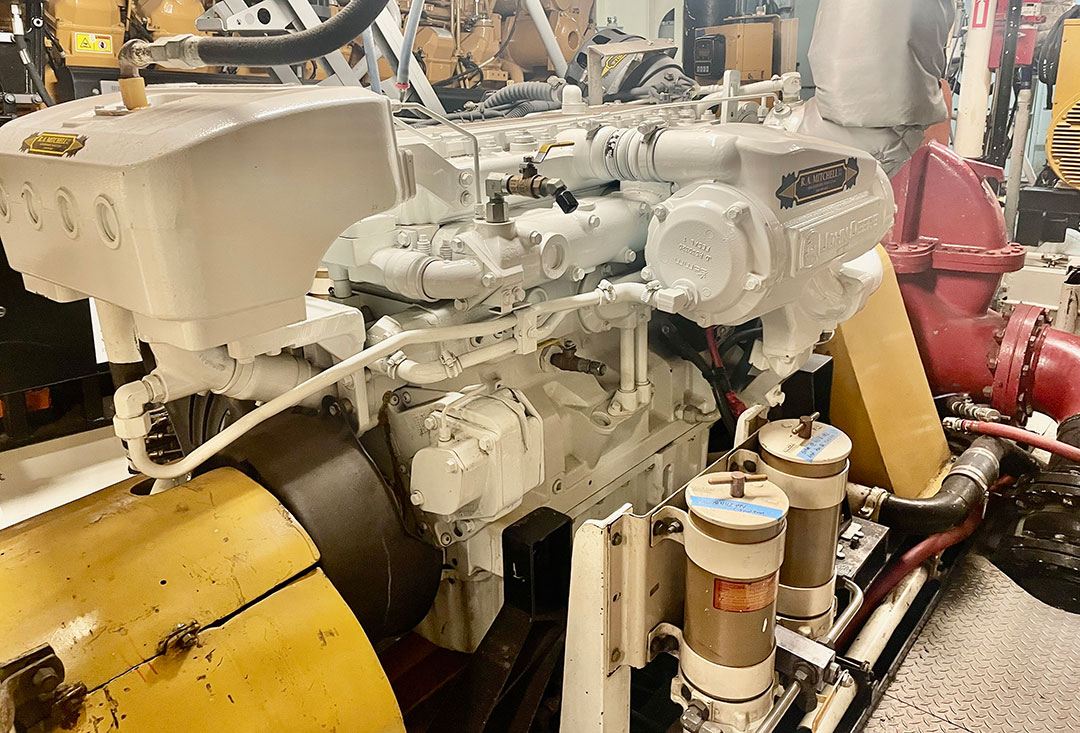
The tug was repowered in 2021 with Cat 3512 engines and RAMCO generators from R.A. Mitchell Co. in New Bedford, Mass. It has an Almon Johnson hawser winch on the bow, a rarely used Almon Johnson towing winch on the aft deck, and Ulstein z-drives.
Despite its age, Thinger said the tug was plenty powerful and still maneuverable alongside a ship. “With it being a tractor, it has it all,” he said. “It has some weight to it, so when you are doing indirect towing and pulling on things it is not dancing around.
“This boat is new to us since January or February, so [we] haven’t had it for too long. But we like what it does. It suits our needs,” he continued. “All of our equipment is pretty darn good.”
Other tugs in the AmNav fleet include the Valor-class tugboats Sarah Avrick, built in 2020, and Delta Billie, delivered in 2009, and several 5,100-hp Dolphin-class tugs built in the late 2000s at the former Foss shipyard in Rainier, Ore.
With Trinity ready to get underway, the pilot on the bridge requested Valor and Apollo to stretch their lines and begin backing the ship away from the berth. Once the two tugs had made room, Z-Three came around to help Apollo swing the bow some 45 degrees to starboard.
The ship glided away from the terminal with little trouble. Z-Three pushed at half ahead for maybe 90 seconds. “Z-Three, you can take off. Thank you for the help,” the pilot said over the radio.
Thinger confirmed the pilot’s order and wished the vessel a safe trip.
The sun fell behind the mountains, creating a purple light throughout the bay as Z-Three headed to the dock in Richmond. Thinger steered the vessel alongside the landing for a reporter to step off the vessel.
With another tanker assist job waiting on Z-Three an hour or so north in Benicia, Calif., their night was a long way from over. •

